This article was medically reviewed by Jennifer Boidy, RN and by wikiHow staff writer, Jessica Gibson. Jennifer Boidy is a Registered Nurse in Maryland. She received her Associate of Science in Nursing from Carroll Community College in 2012.
There are 8 references cited in this article, which can be found at the bottom of the page.
wikiHow marks an article as reader-approved once it receives enough positive feedback. This article has 26 testimonials from our readers, earning it our reader-approved status.
This article has been viewed 1,848,186 times.
Blood blisters might look like a cause for alarm, but they're fairly common. Fortunately, blood blisters usually clear up on their own within a few weeks, although there are things you can do to feel more comfortable. In this article, we'll answer your questions about treating a blood blister and address whether or not you need medical treatment.
Things You Should Know
- To treat a blood blister, don't pop it—keep it clean and dry, and let it heal on its own. There's usually no need to get medical treatment.
- If a blood blister pops, rinse the area with cool water and cover it with a bandage. Don't peel or tear off the skin.
- Take ibuprofen or acetaminophen to relieve the pain after you pinch your skin. If your skin feels itchy, apply a cool, wet cloth to the blister.
Steps
What should I do if my blood blister pops?
-
1Spread a light layer of antibiotic cream over the wound. Rinse the popped blood blister with cool water—there's no need to use soap, hydrogen peroxide, or alcohol since they can slow down healing.[4] When your blood blister pops or tears, it opens the way for germs and bacteria to get into the wound. To prevent infection, gently apply a thin layer of antibiotic cream onto your skin.[5]
- Alternatively, you could use petroleum jelly, which acts as a barrier and prevents the bandage from sticking to the blister.[6]
-
2Cover the popped blood blister with a bandage. Don't peel or tear off the flap of skin over the blister. Once it's clean, smooth it back over your skin and put the bandage over it. Although standard bandages work, a cushioned bandage provides more protection.[7]
- Place a donut-shaped piece of moleskin around the blister before you put on the bandage if the blister is in a spot that will have things rub up against it.
Expert Q&A
Did you know you can get premium answers for this article?
Unlock premium answers by supporting wikiHow
-
QuestionI have a blister on the bottom of my toe. It is hard to hold it up, and it hurts when I put pressure on it, but it does not protrude from the skin like most blisters. What do I do?
 Jennifer Boidy, RNJennifer Boidy is a Registered Nurse in Maryland. She received her Associate of Science in Nursing from Carroll Community College in 2012.
Jennifer Boidy, RNJennifer Boidy is a Registered Nurse in Maryland. She received her Associate of Science in Nursing from Carroll Community College in 2012.
Registered Nurse
-
QuestionWhen your blister hurts right after you got it do you have to put ice on it ASAP?
 Jennifer Boidy, RNJennifer Boidy is a Registered Nurse in Maryland. She received her Associate of Science in Nursing from Carroll Community College in 2012.
Jennifer Boidy, RNJennifer Boidy is a Registered Nurse in Maryland. She received her Associate of Science in Nursing from Carroll Community College in 2012.
Registered Nurse
References
- ↑ https://www.aad.org/public/everyday-care/injured-skin/burns/prevent-treat-blisters
- ↑ https://www.seattlechildrens.org/conditions/a-z/blisters/
- ↑ https://my.clevelandclinic.org/health/diseases/22994-blood-blister
- ↑ https://healthy.kaiserpermanente.org/health-wellness/health-encyclopedia/he.blister-care.aa2967
- ↑ https://www.ttuhsc.edu/medicine/dermatology/documents/LT_Blister_Care.pdf
- ↑ https://healthy.kaiserpermanente.org/health-wellness/health-encyclopedia/he.blister-care.aa2967
- ↑ https://healthy.kaiserpermanente.org/health-wellness/health-encyclopedia/he.blister-care.aa2967
- ↑ https://www.seattlechildrens.org/conditions/a-z/blisters/
- ↑ https://healthy.kaiserpermanente.org/health-wellness/health-encyclopedia/he.blister-care.aa2967
About This Article
If you have a blood blister, remove any clothing or accessories that might cause additional pressure or friction on the area. If the blister is painful, use an ice pack on the injury for about 10-30 minutes at a time every few hours until the pain subsides. Keep the area as clean and dry as you can to help speed up the healing process. In most cases, you should not try to pop the blister, as this will increase your risk of infection. If your blood blister is very painful or is collecting a lot of blood, however, you may need to lance it. Read on for tips from our medical reviewer on how to safely lance a blood blister.
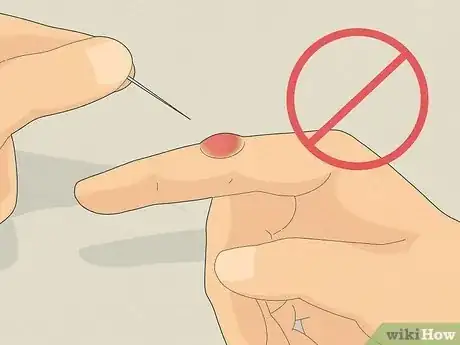

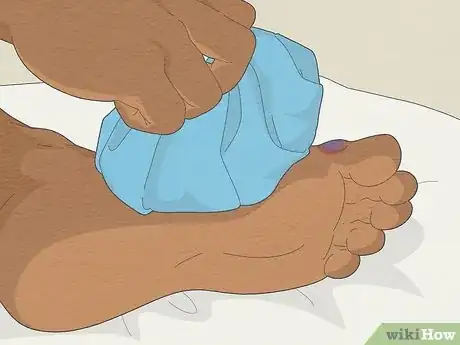
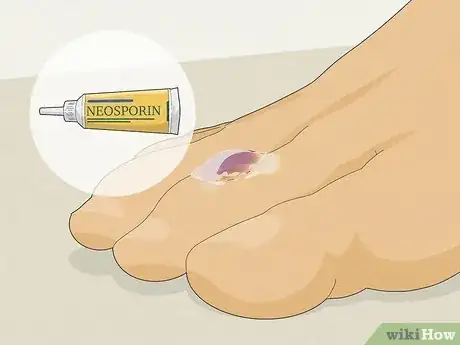
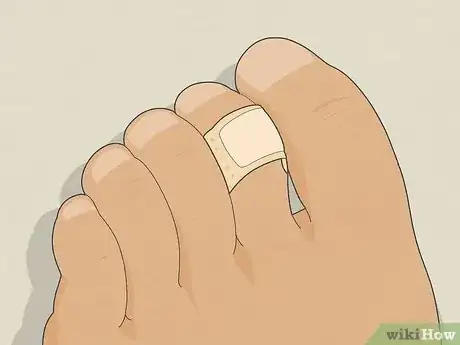
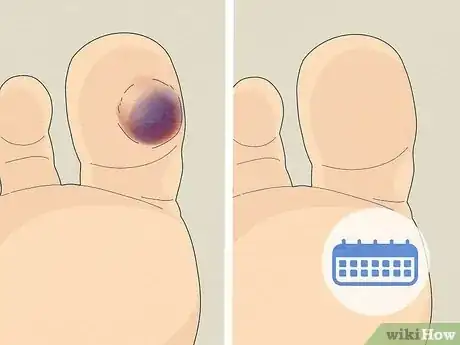



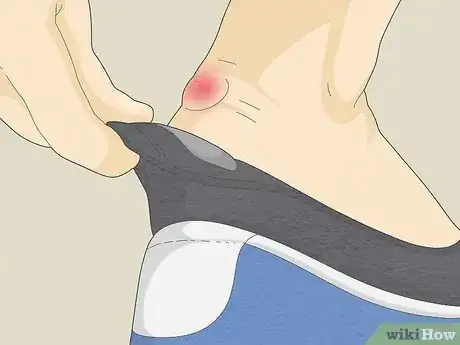
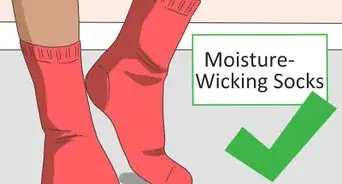
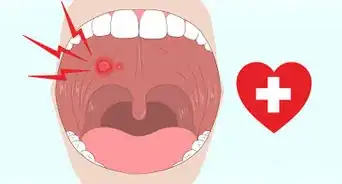
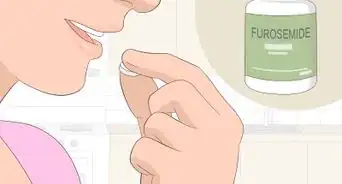
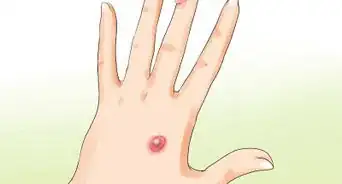
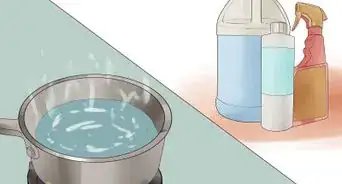

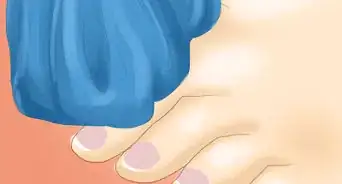
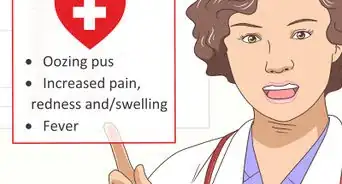

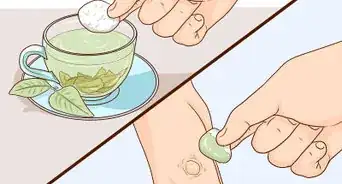
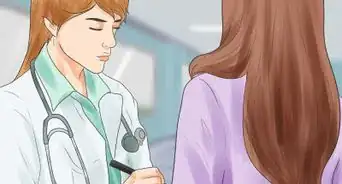
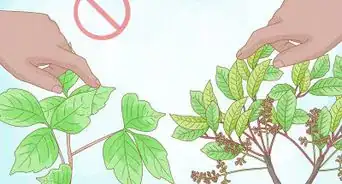
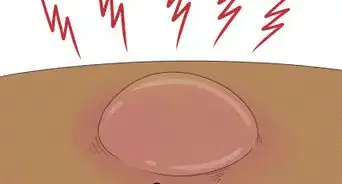
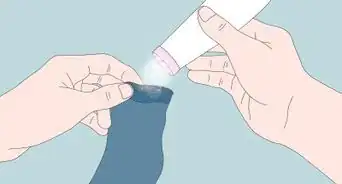












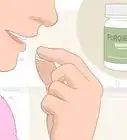




































Medical Disclaimer
The content of this article is not intended to be a substitute for professional medical advice, examination, diagnosis, or treatment. You should always contact your doctor or other qualified healthcare professional before starting, changing, or stopping any kind of health treatment.
Read More...